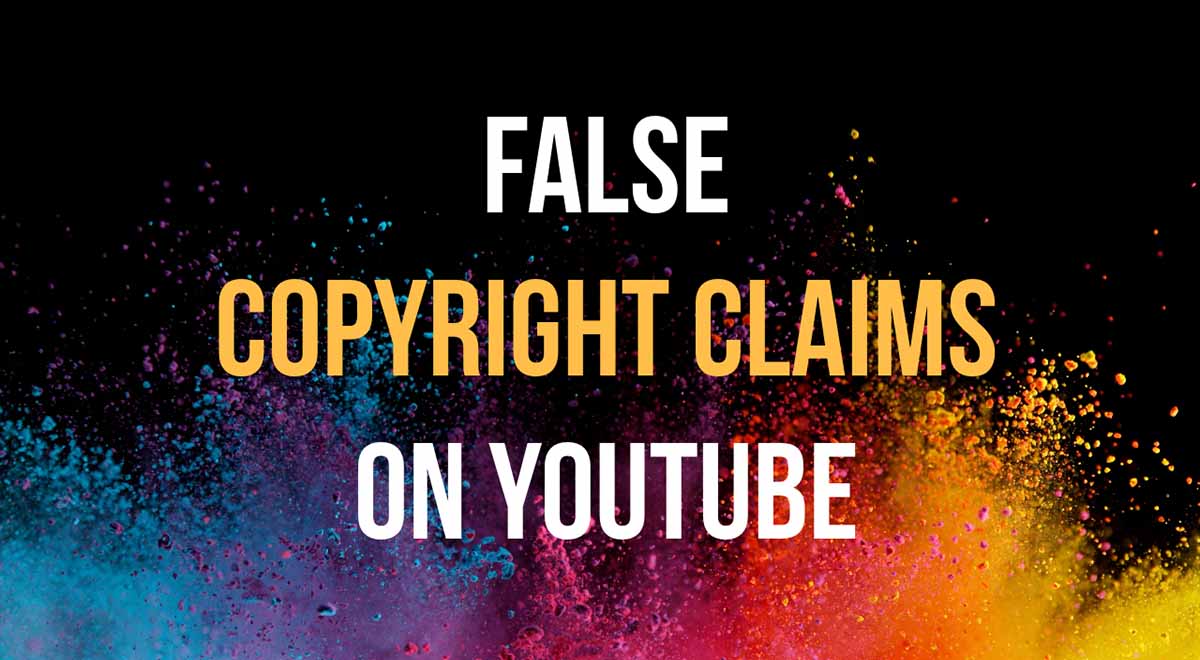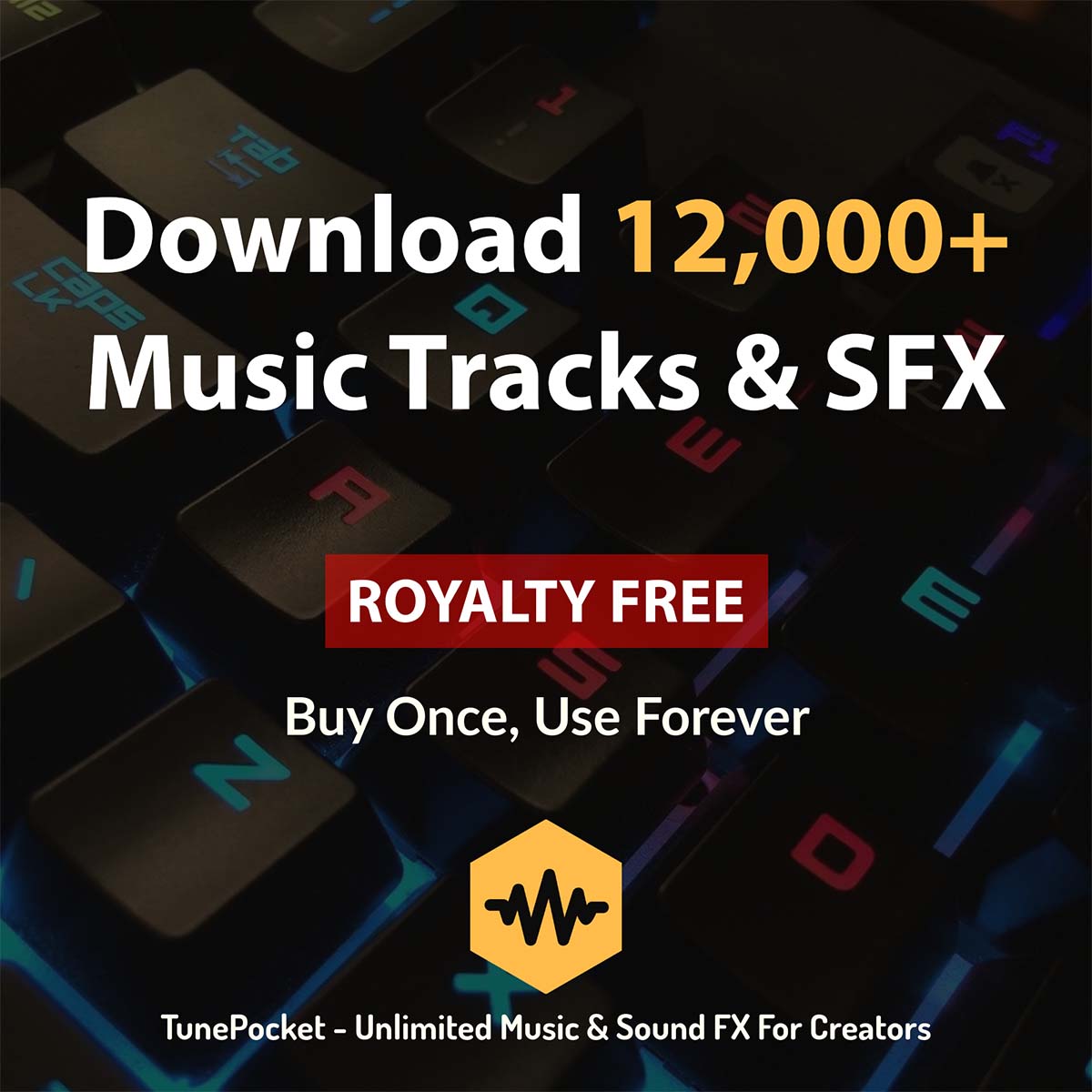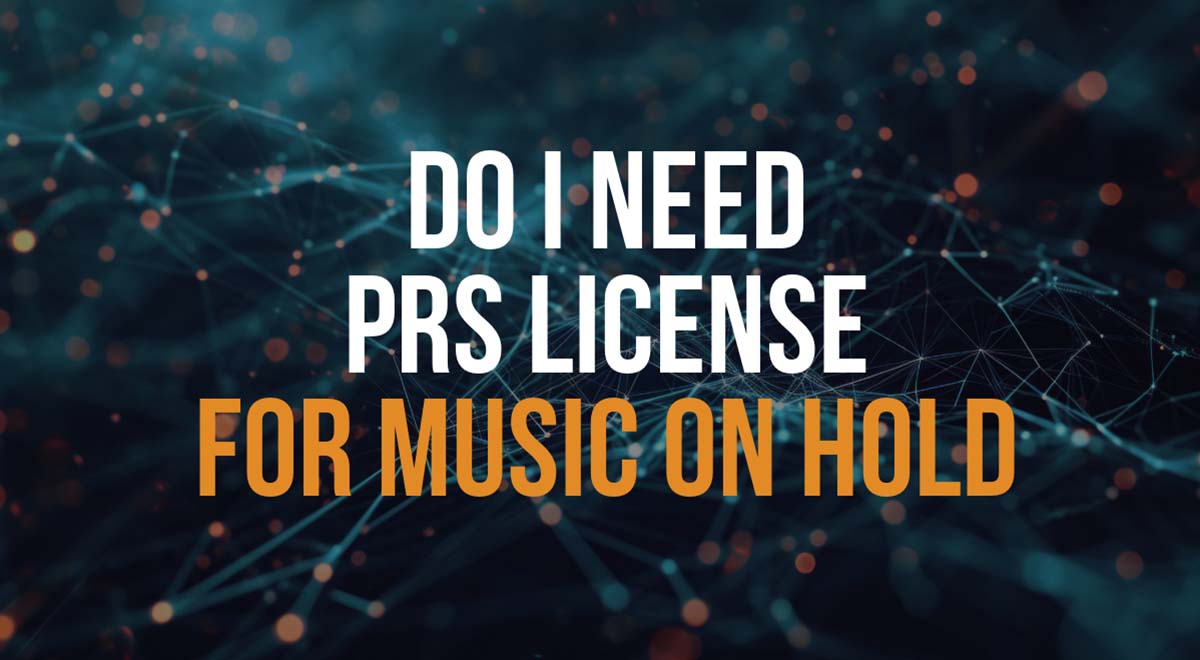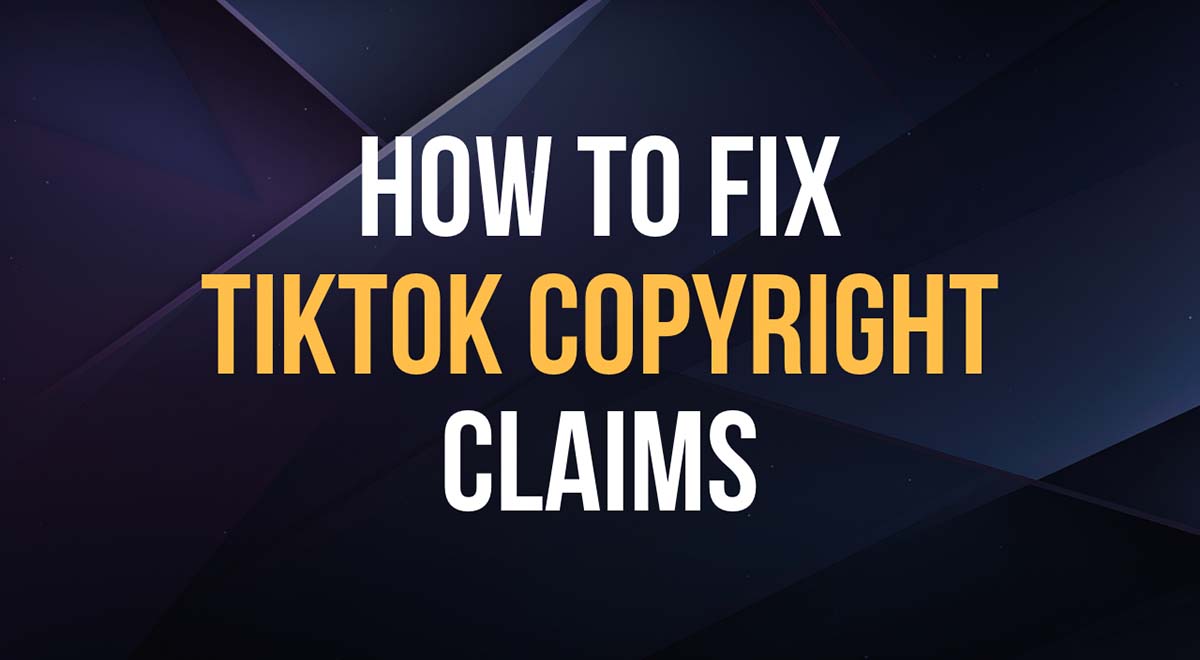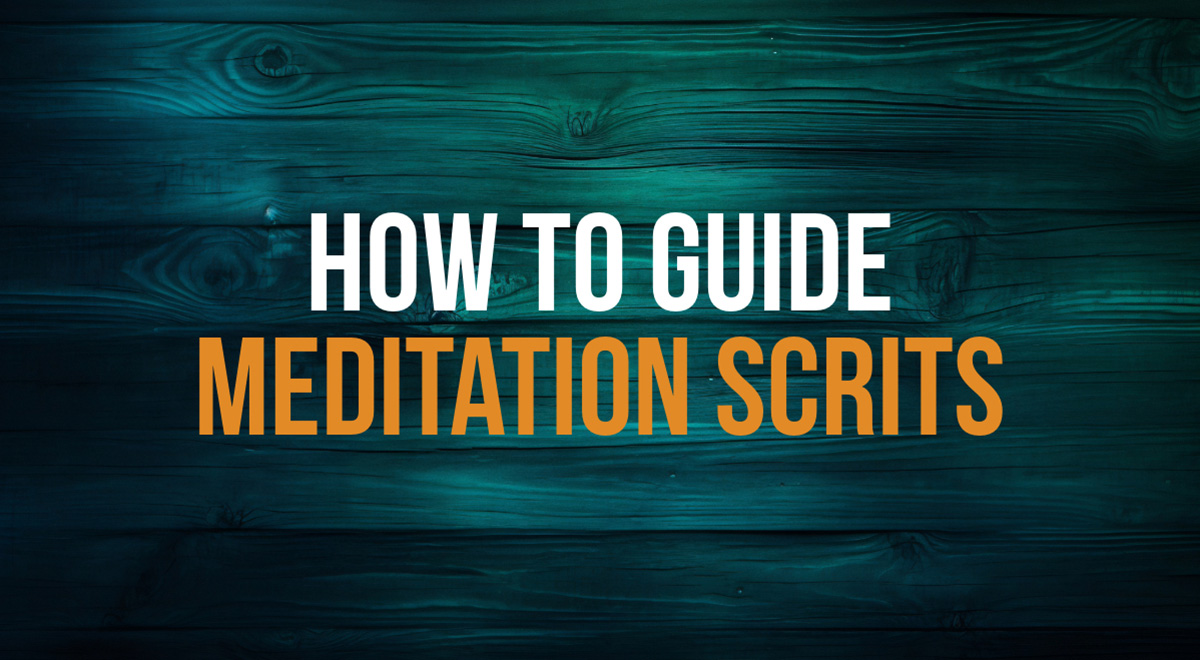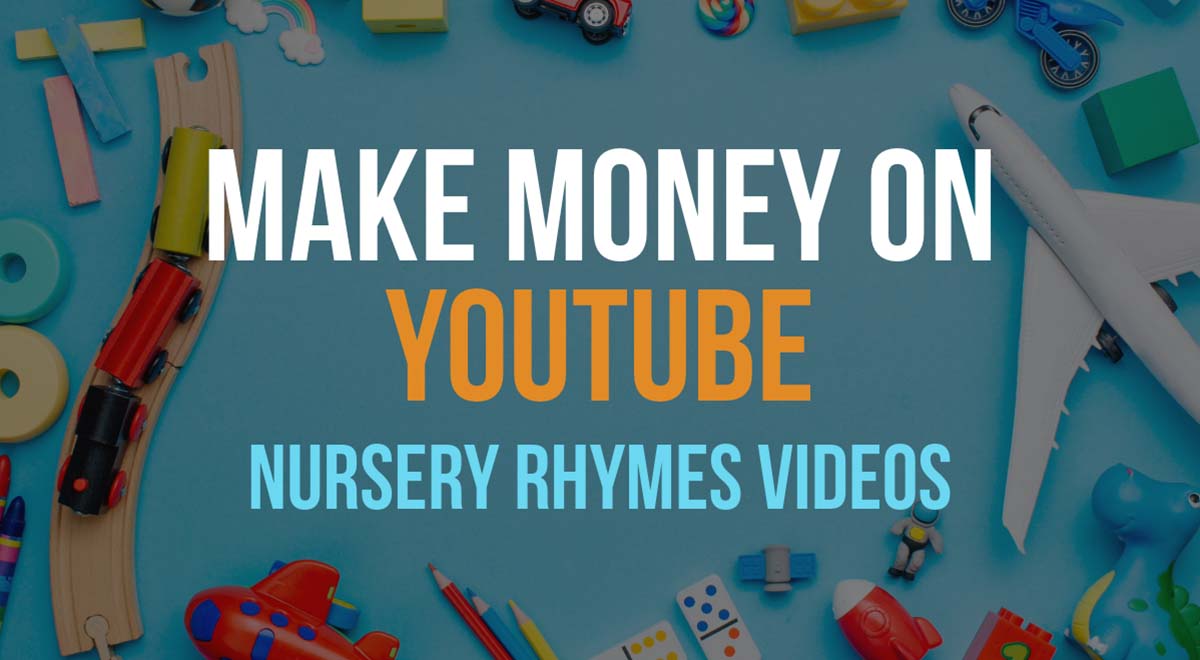Getting copyright claims on YouTube videos is super frustrating!
Especially, if that’s a false claim. Or is it?
In this post we’ll explain how you can spot false claims and outline some proven strategies for getting them removed.
Keep reading!
Key takeaways
- Not all copyright claims are false; some are valid even if you purchased a license.
- Common false claims arise from public domain, Creative Commons, or stolen royalty-free music, and YouTube system glitches.
- Dispute claims by explaining the content’s legitimacy and referencing YouTube rules. See below for step-by-step examples.
- Notify the rightful owner if you suspect stolen content.
Not every copyright claim is false
Your first instinct is probably to think that all claims are false, illegitimate, or made in bad faith.
However, not every claim is false.
Claims can be created for plenty of reasons.
Here’s a common example:
You’re using a song by your favorite artist in your latest video and you got a copyright claim.
Is this a false claim? No, not really.
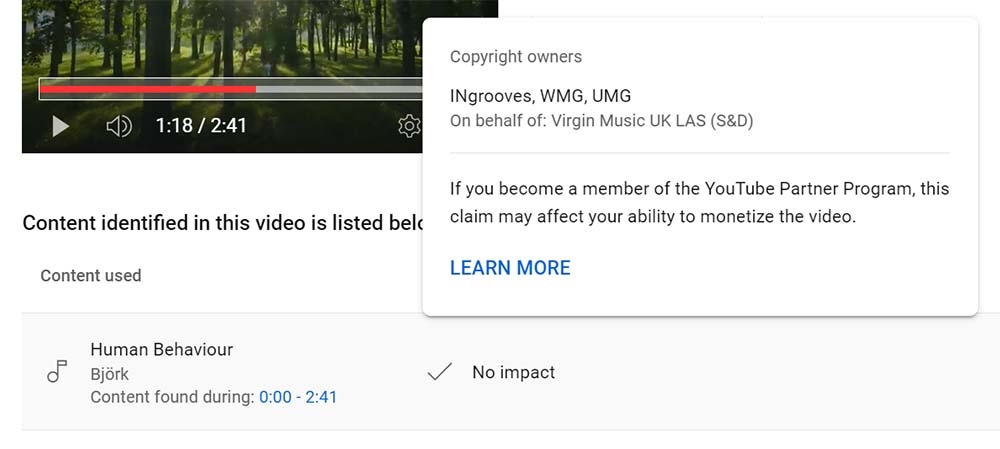
YouTube detected that you’re using copyrighted music and YouTube’s Content ID system will place ads in your video in exchange for letting you use the music.
Related: How you can legally use copyrighted music on YouTube.
Here’s another example:
You purchased a license from a royalty free music library and STILL got a claim.
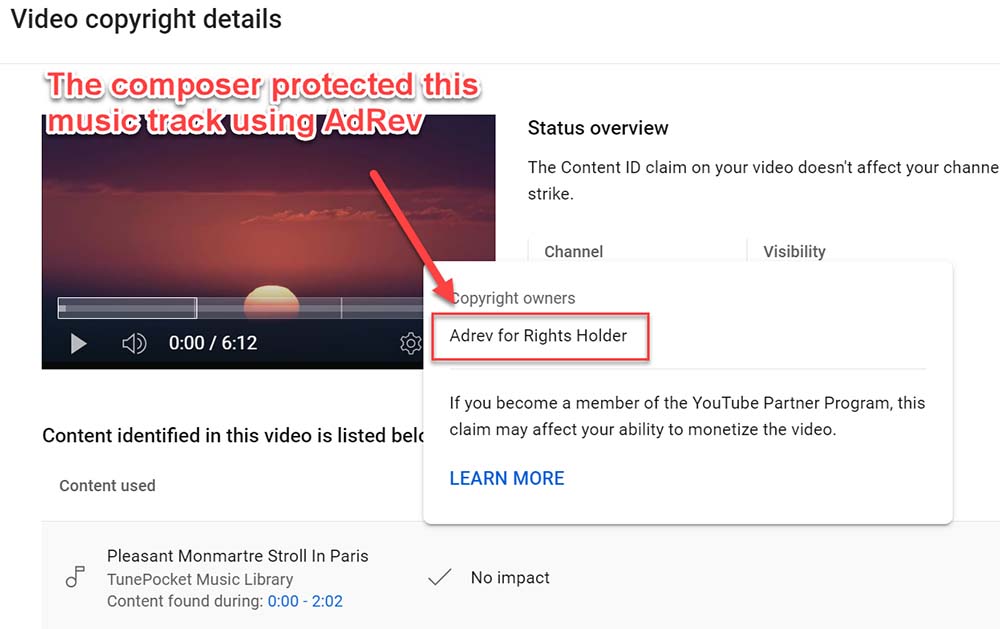
Is this false? Once again, in most cases it’s a valid claim.
Many stock music composers protect their music from unlicensed use.
Typically, in order to remove such claims, you need to dispute it and use the license certificate that you got from the music library.
Related: How to resolve copyright claims for royalty free music.
Now let’s talk about copyright claims that are actually false.
Unlimited download. Lifetime license. Save over 50% compared to similar services.
3 typical reasons behind false copyright claims
Over the years we’ve dealt with hundreds (if not thousands) of copyright claims.
Here are some typical cases when it’s reasonable to assume that the claim is actually bogus.
1. Ineligible content used as the matching reference
YouTube’s Content ID system is essentially a huge database of reference music tracks.
Copyright owners submit their content to the system as references and tell YouTube: if you detect my content in any of the videos, claim it!
Sadly, some people submit references that aren’t legit. This can happen either by oversight or by intention.
Such ineligible references include:
1. Public domain recordings and compositions.
2. Creative commons music.
3. Any music that is built with royalty free loops or melodies.
4. Sound effects (that is, sounds that are not music).
Learn more about what reference content is not eligible for Content ID system.
Here’s a claim example on one of our own videos triggered by a sound effect:
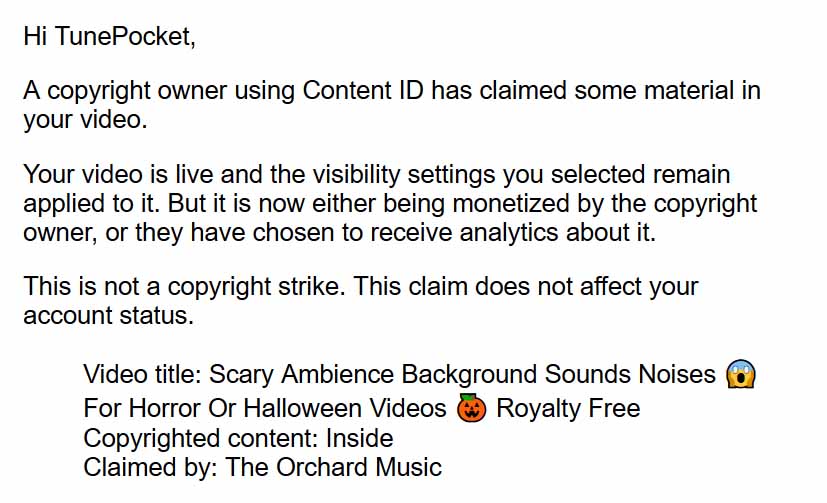
And here’s a claim triggered by a public domain melody:
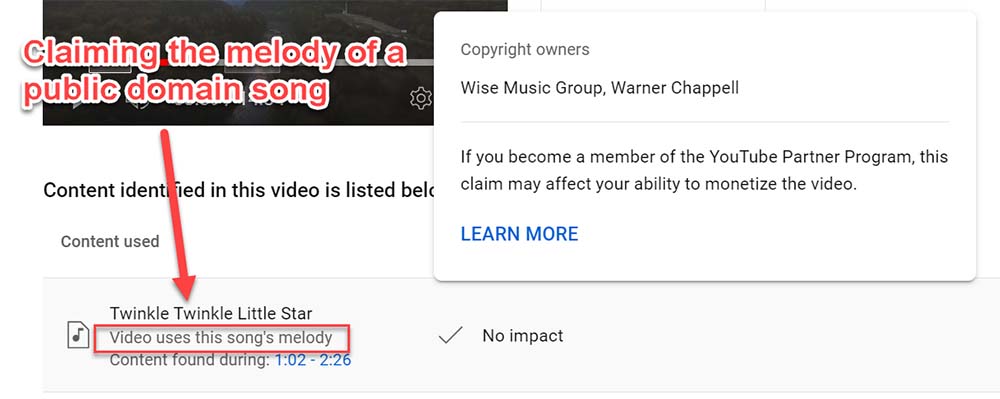
How to resolve:
Dispute the claim on YouTube and explain that the reference likely isn’t valid, as per YouTube’s rules. Give details and reference the specific YouTube rule.
See our step by step guided how we resolved copyright claim based on a sound effect.
NEW: Here’s a new toturial showing how we solved the copyright claim based on a public domain melody.
2. Stolen royalty free music is used as a reference
We run a royalty free music library catalog and, sadly, we are very much familiar with this issue.
It usually works like this:
Someone downloads a royalty free music track and gets a “brilliant” idea.
Oh, that’s royalty free music, so I’ll just rename it and distribute it to a bunch of streaming sites to make easy money!
Here’s the reality, though. Stealing royalty free music is still stealing, which is a crime.
These cases might be harder to spot, since you simply don’t know whether the claim is coming from a legit copyright owner or not.
A typical giveaway of a stolen song is that the song title and the author do not match.
Another red flag of a (possibly) stolen song is the author’s name that sounds obviously bogus.
How to resolve:
The best option here is to notify the rightful copyright owner and let him / her / them handle it.
If you licensed that music from a music library, get in touch with their support.
If you encounter this issue with one of our royalty free music tracks, please contact us asap!
3. YouTube’s matching system glitch
How to resolve:We had luck simply disputing the claims, referencing both tracks, and saying: these tracks are clearly not the same, please remove the claim.
Questions?
We hope this guide will help you to easily recognize and resolve false copyright claims on YouTube.
We’ll keep updating this post with new examples, so stay tuned!
Tell us about your experience with resolving false copyright claims on YouTube. Post a comment
Download 12,000+ Royalty Free Music Tracks And Sound FX
Unlimited download | Lifetime license | Commercial use

